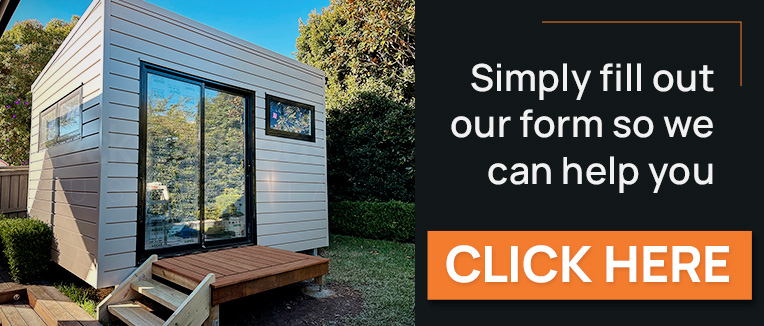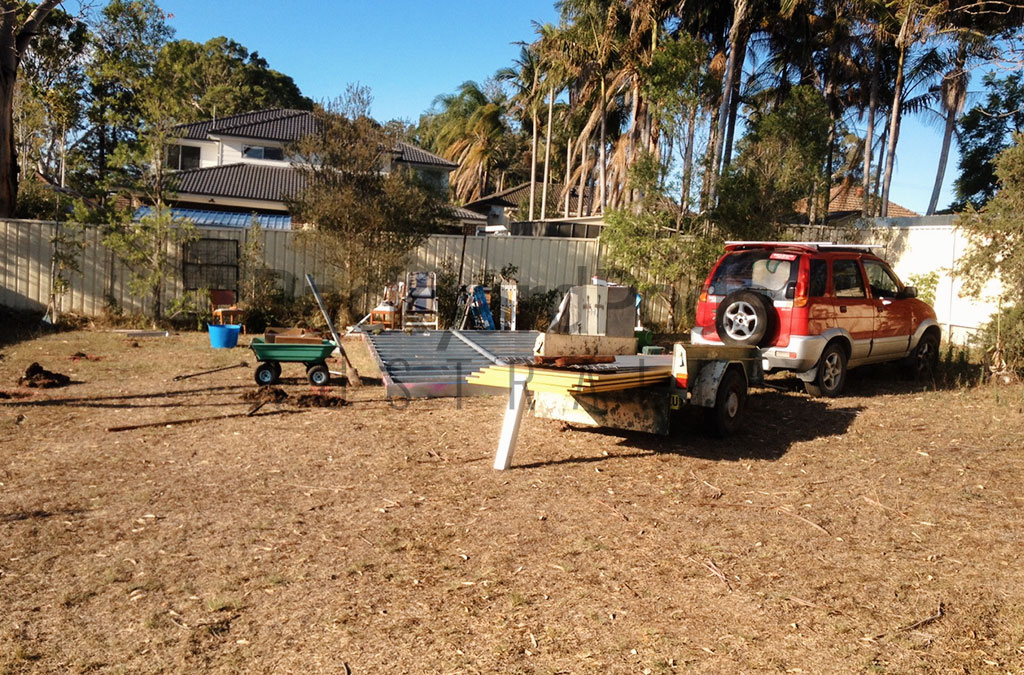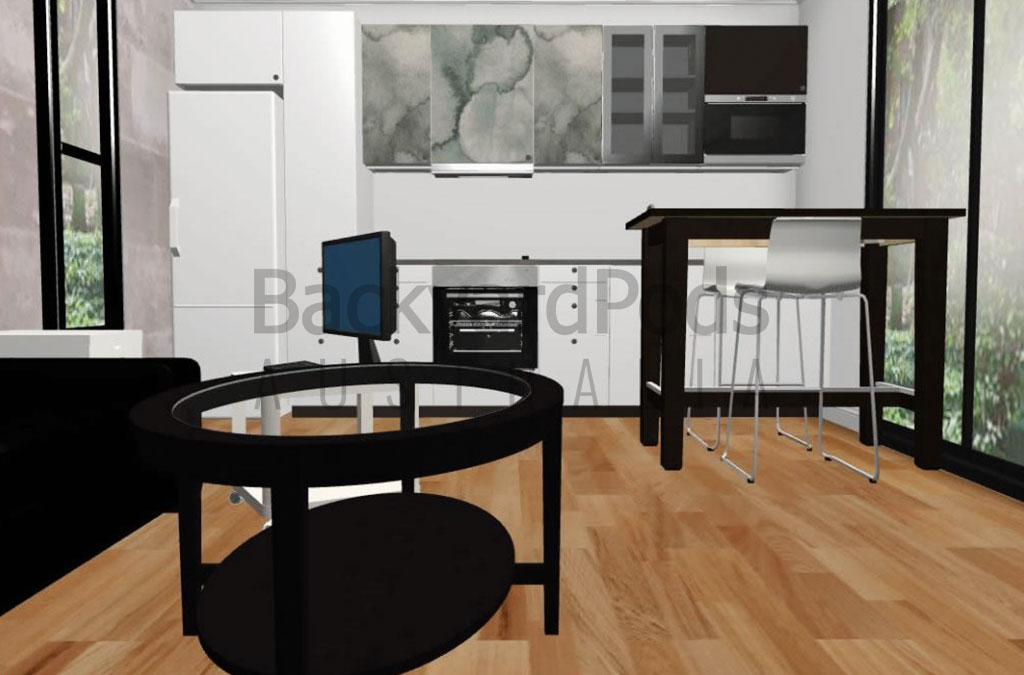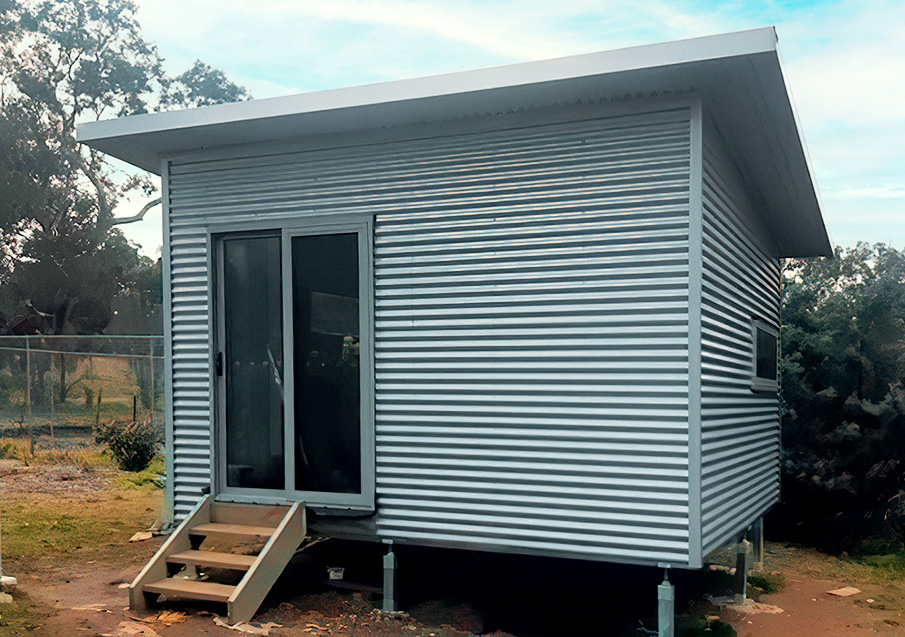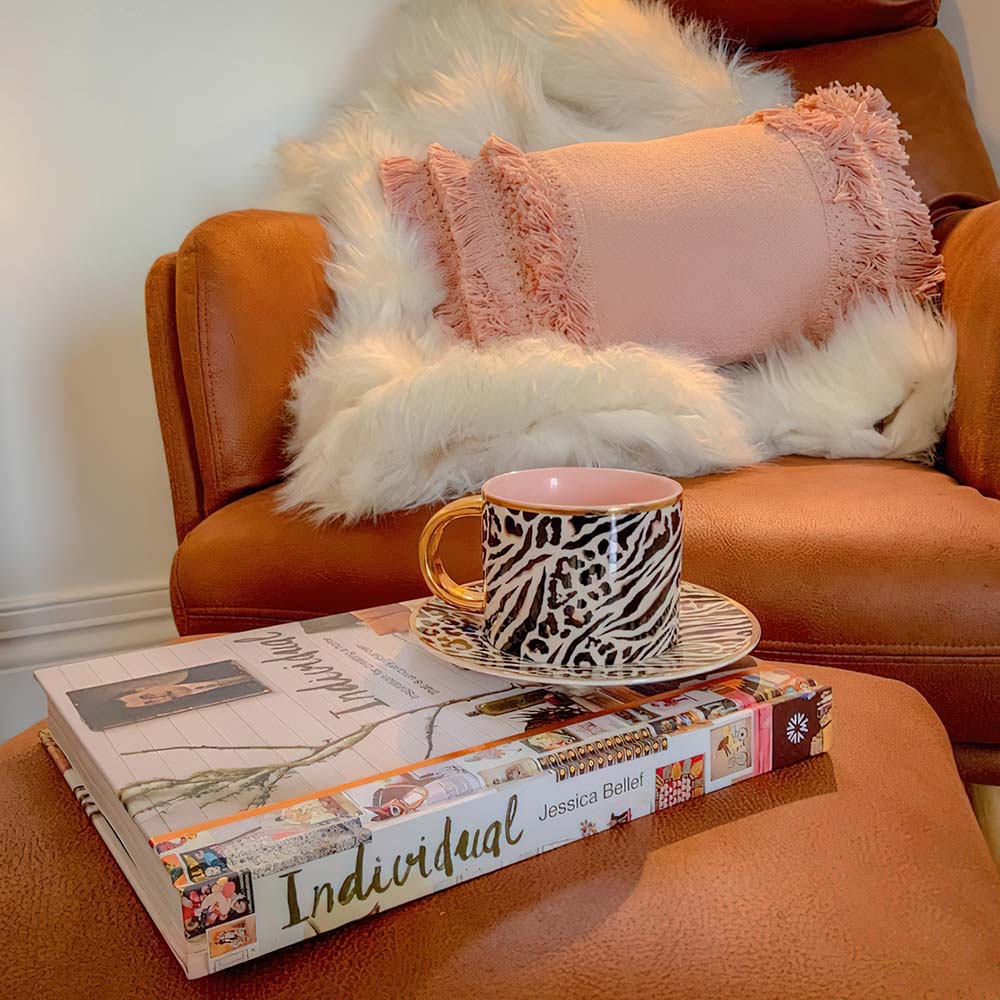DIY eco-friendly studio pod 3m x 6m in harsh rural environment, remote Central West NSW
The ‘extra space’ dilemma is solved on a rural acreage in Central West, NSW when a DIY Backyard Pod features many energy-efficient, environmentally-friendly materials and is powered ‘off-the-grid’ to become a potential combination guest sleep-out and home office.
Background
The property was unusual as it featured a partly-restored community hall and adjacent amenities room which had been converted into a make-shift residence suitable for one person or a couple at most. While a massive solar installation and numerous water tanks allowed the property to be run virtually off-grid, there was no ‘break-out space’, no potential provision for guests, and nowhere for any occupants of the main building to stay when proposed renovations would render the main building uninhabitable for intervals at a time.
Construction
The owner of the property was an experienced handyman so constructing the 3m x 6m DIY eco-friendly studio pod from the prefabricated kit would be a straightforward process. Silver-coloured Zincalume® was chosen for the roof and exterior panels as the colour melded smoothly with the main building and adjacent row of water tanks. Zincalume® also had many advantages. The steel is made with new technology and has an activated-aluminium coating. This makes it much tougher and more durable. This is something to consider when living in harsher conditions like the Central West district of NSW where conditions can range from winter snow blizzards to summer days baking in the blazing sun. Zincalume® is an environmentally-friendly product and won’t hurt the budget.
The pod was built on standard piers (provided with the kit). Polar Eco-View double glazed modular windows were chosen for energy-efficiency and passive ventilation. The top 600mm x 600mm window opened outwards, like an awning, to assist with ventilation and give some protection from showers. Beneath, another square window opened out sideways to capture the breeze on one side and deflect wind on the other. At the bottom of the stack, a fixed frosted window provided light as well as privacy when the block-out blinds were fully down. A sliding glass door created the entrance. The rear wall was left intact to maximise wall space. A reverse-cycle air-conditioner was installed to help with the country’s ever-changing weather extremes, essentially powered by the major solar array on the main house. Wall shelves with an attached desk allowed for storage and home office purposes. Floating timber floorboards, easily laid on top of the yellow-tongue flooring provided, gave a welcoming, easy-care surface to the interior flooring. Gyprock walls and ceiling with extra insulation made the pod feel more comfortable and cosy. The roof rainwater was channeled through the guttering (provided with the kit) and piping to help fill the existing water tanks located near to the rear of the pod.
Result
The Backyard Pod turned out to be a very worthwhile investment. Its flexibility and Class 1 engineering certification (habitable dwelling) would mean that it could satisfy all future accommodation requirements at an affordable price.
For a virtual tour and commentary of this practical DIY eco-friendly studio pod go to https://www.youtube.com/watch?v=rRtjEytlb14
If you’re looking to create a separate area for a home office, guest room, teenage retreat, rumpus or even an art studio then a cost-effective, functional backyard pod is a fitting structural choice. Backyard Pods will coordinate your pod kit options and delivery logistics, and can often help owner-builders to find installers in their local area or professionals to help with documentation and compliance if requested. You can start with options for your structural solution and get in touch with us today at
https://www.backyardpods.com.au/contact/
Please note, if you’re thinking of doing a self-managed DIY project like the above, you should research local Council guidelines and other legislation online for preliminary information and seek advice specific to your property, zoning, location, and intended use. Contact your local Council and any other authorities relevant to your project.
Examples by purpose
Projects by email
Sign up to our newsletter for latest project examples - we won't spam you and you can unsubscribe at any time.

















